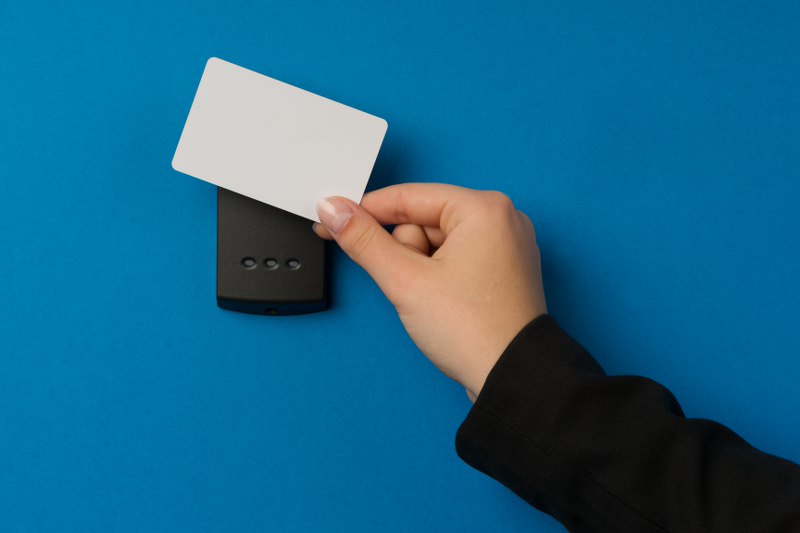 Some studies are reporting that up to 25% of college students are being classified as disabled due to mental health issues and greater understanding of a spectrum of disabilities, such as learning disorders and autism. Those who are classified as having a disability are required to have accommodations made to support them in a variety of ways, including in the area of testing.
Some studies are reporting that up to 25% of college students are being classified as disabled due to mental health issues and greater understanding of a spectrum of disabilities, such as learning disorders and autism. Those who are classified as having a disability are required to have accommodations made to support them in a variety of ways, including in the area of testing.
The majority of these students are in small, private colleges around the nation, but even larger schools are seeing an increase in students classified as disabled. As discussions surrounding mental health issues become more prevalent, they help make the stigma for receiving help, and diagnosis, less problematic. However, it also means that teachers and administrators are having to adjust to better meet the needs of students to help them be successful. One of the rising trends is by providing better ADA compliant testing center lockers.
What Are Testing Center Lockers?
Testing center lockers are used for exam takers, usually in a college setting, to leave valuables that they are not able to take into the exam room. Unlike high school lockers, a testing center locker isn’t assigned to just one person for the school year. It can be used several times a day by several different students, much like a gym locker would be.
Distraction-free testing centers are helping students have a better exam experience. With the increased need for accommodations, such as the ability to bring a support animal, have longer testing time, or the ability to walk around during the exam, lockers provide additional security while maintaining an ADA compliant environment.
Monitors observe test takers in a controlled environment while students’ personal belongings stay in a testing center locker to prevent cheating.
What to Look for in Quality Testing Center Lockers
Durability. Because they can be used more frequently than standard lockers, testing center lockers need to be made of commercial grade materials, including locks that aren’t prone to break easily. Students who are testing, may be more nervous and/or frustrated and may treat the lockers with more stress than standard lockers, even when they perform well on their tests.
Aesthetics. The lockers shouldn’t look like they were just slid into place as a temporary solution, but rather should match the overall structure, look, and feel of the property. They should show the same level of campus pride as any other installation on site.
ADA Compliant. Single use lock technology that is simple to use, see, and feel is important for students and staff to create less stress and more ease on testing days. Lockers should meet all ADA compliance standards. Increasing the equity of access to all students is a priority for educators at all levels.
Locks. An adequate lock mechanism must be easy to understand, use, and maintain. Avoid locks that could fail on test days. Have a back-up plan in place and consider technology that incorporates functions that supports student success, rather than adding pressure to a potentially stressful day, such as student ID integration.
One function that may be considered is the ability to have an audit trail. Knowing who accessed a locker, and when, can help mitigate potential security issues in a controlled environment. This can also help reduce the stress felt by students already feeling the pressure to perform.
Interested in learning more about testing lockers? Contact DeBourgh at info@debourgh.com today.